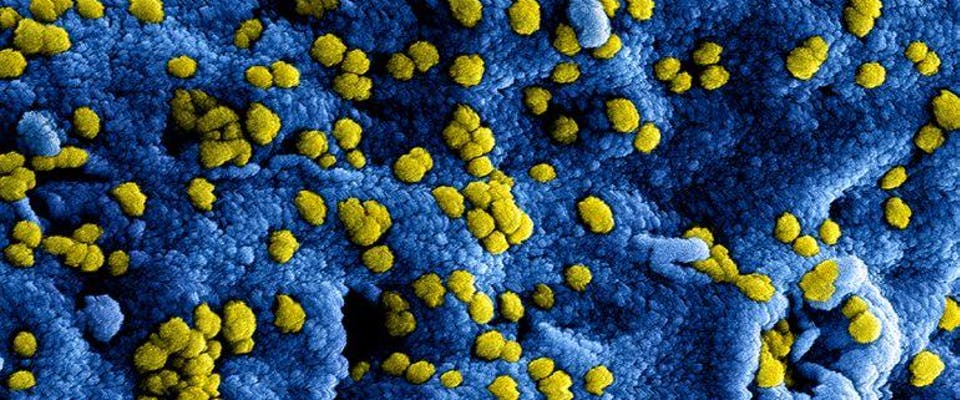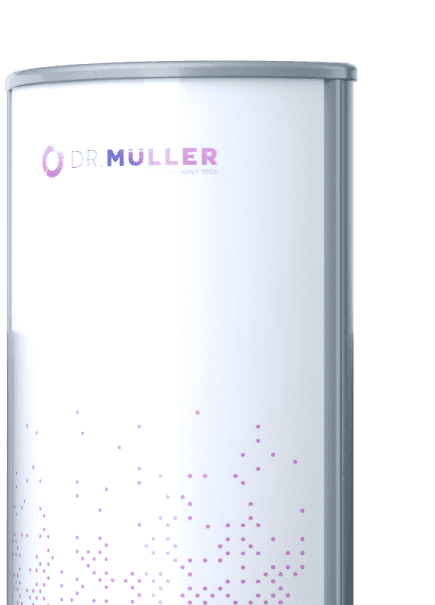
Granaatstraat 6
7554 TR Hengelo
The Netherlands

Contact

Download Brochure
In 2020, the National Institute for Public Health and the Environment (RIVM) conducted research into the cleaning of protective devices using UVC light. However, several passages from this are also very relevant to (the operation of) the ViroPower. The wavelength used by the ViroPower is 253.7. RIVM indicates that this is the most effective.
It is also confirmed that Covid-19 (SARS-CoV-2) belongs to the viruses that can best be inactivated, namely the single-stranded RNA viruses. Finally, the importance of smooth surfaces and the absence of shadows is reiterated. The ViroPower inactivates viruses in a safely enclosed area where there are no shadows or obstructions for the UVC light.
Below is the text from the RIVM research. At the bottom of this page, you can read the entire research and you will find more information about UVC and aerosols.
Inactivation of micro-organisms and viruses by UVC
The effectiveness of UVC to inactivate a pathogen depends on a number of circumstances.
The wavelength of the light that is applied is thus important.
The duration and intensity of irradiation
By increasing the irradiation duration and intensity, the inactivation of micro-organisms increases. At the same time, this means that the irradiated material is also exposed to a higher dose of UVC radiation and may be affected.

The properties of the pathogen to be inactivated
The humidity
With higher humidity, a higher UV dose seems to be necessary to inactivate viruses. This may be because the water attaches to the virus, protecting it from UV-induced DNA or RNA damage.
However, Walker et al. found no protective effect of high humidity on UV sensitivity in the aerosols tested. In fact, their results suggested higher UV susceptibility with higher humidity.
The material and surface to be irradiated
Obstacles shade where no UVC light reaches and thus where no inactivation of micro-organisms and viruses will occur.
In porous mask material, micro-organisms and viruses may be located inside a network of material, where insufficient UV light may reach due to shadowing. Aggregation of virus particles can influence the kinetics of virus inactivation.
Ready to destroy viruses and bacteria?
ViroPower filters fine dust, pollen and allergens and destroys 99.9% of viruses and bacteria due to six ozone-free UVC lamps.

Technical specs








 Nederlands
Nederlands



